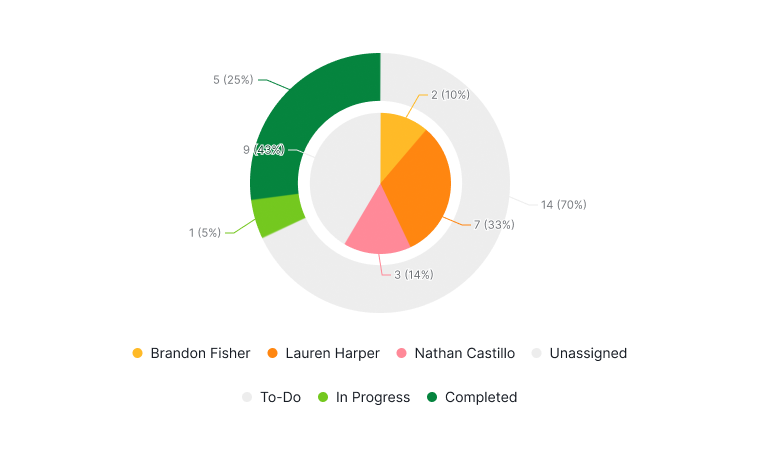Chart Types
Charts are only available in the Professional, Premium, Enterprise plans. More information can be found on our pricing page.
Quire offers a variety of chart types that you can add into the document view or within a task description to visualize your project data effectively.
Line chart
Line charts are useful for tracking project trends over time or analyzing data based on specific criteria, such as assignees.
They allow you to visualize progress, for example, the number of tasks completed within a specified timeframe, compare completed and pending tasks per team member, or view how tasks are distributed among team members.
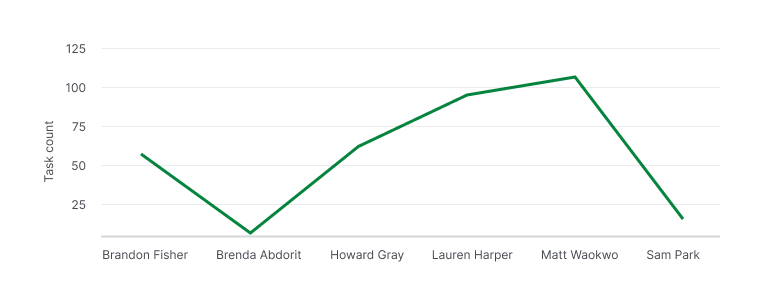
Area chart
Area charts offer a clear view of how totals evolve over time or based on specific criteria, such as assignees. They are particularly effective for comparing multiple stacked categories.
These charts are ideal for visualizing cumulative data, such as the total number of tasks per member grouped by task priority or the total time each member has spent on tasks within a given timeframe, making it easier to assess overall progress and monitor individual contributions.
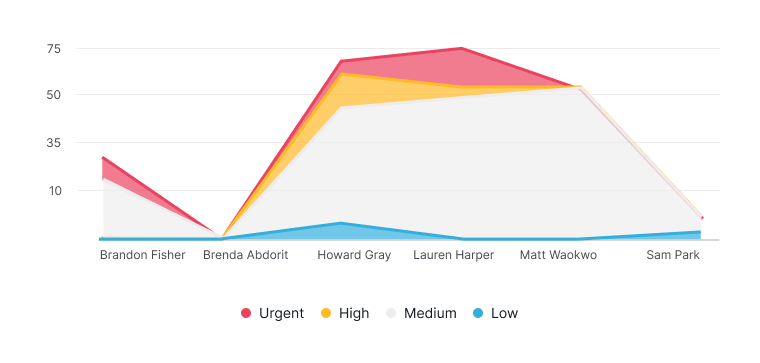
Bar chart
Bar charts allow you to compare values across different categories at a specific point in time.
They are useful for visualizing the number of tasks completed by various members, grouped by status or other attributes. This clear visual format makes it easier to identify workload distribution and support informed decisions on resource allocation.
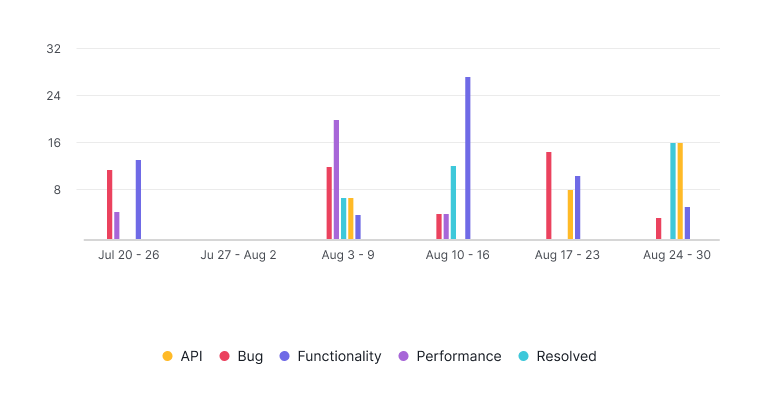
Pie and donut chart
Pie and donut charts are for displaying the proportional breakdown of a whole into different categories at a specific moment.
You can use them to visualize the percentage of a project completed in different phases or to show the distribution of resources categorized by tags. These two types of charts help provide a quick snapshot of how various components contribute to the overall project.
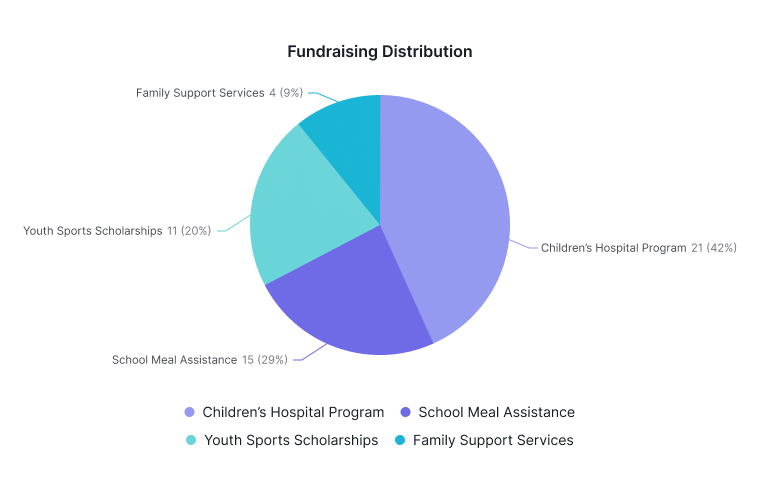
Nested donut chart
Nested donut charts provide a multi-level visualization of hierarchical data, representing proportions within a whole. The outer ring represents a primary category, while the inner ring offers a secondary breakdown, making it easy to drill down into complex data sets.
A common use case is to show scheduled dates in the outer ring and assignees in the inner ring. This helps you instantly identify tasks that are unscheduled or not in progress, so you can quickly make adjustments and reallocate tasks efficiently.
